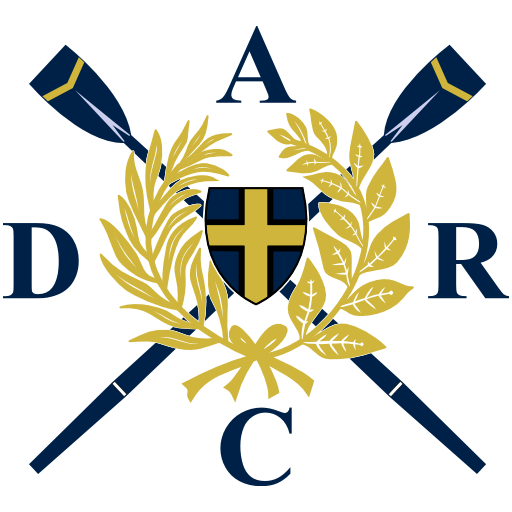24 Hour River Levels Summary
| Gauge | Minimum | Median | Mean | Maximum |
|---|---|---|---|---|
| River Browney - Burn Hall | 0.416 | 0.461 | 0.473 | 0.575 |
| River Wear - Chester-Le-Street | 0.746 | 0.896 | 0.887 | 0.995 |
| Smallhope Burn - Lanchester Front Street | 0.346 | 0.357 | 0.36 | 0.389 |
| River Wear - Stanhope | 0.549 | 0.693 | 0.691 | 0.861 |
| River Gaunless - South Church | 0.292 | 0.377 | 0.405 | 0.601 |
| River Wear - Sunderland Bridge | 0.656 | 0.764 | 0.779 | 0.924 |
| River Wear - Witton Park | 0.71 | 0.798 | 0.811 | 0.963 |
| River Wear - Durham New Elvet Bridge | 0.564 | 0.713 | 0.732 | 0.915 |
Frequently Asked Questions
This is an experimental service. If you have suggestions on improvements
that could be made, or spot things that are not working for you, then please
contact Richard via webmaster@durham-arc.org.uk.
This graph aggregates the river levels monitored by the Environment
Agency. In particular it includes the gauges that are most relevant
to the current and future levels that will be experienced at Durham
Amateur Rowing Club. It can help inform risk assessments/decisions
regarding whether it is likely to be safe to use the river. The primary river levels of interest are: In addition to the above levels further upstream in both the Wear, Gaunless and Browney are shown. All of these contribute to the levels at Sunderland Bridge and New Elvet. The delay from each to New Elvet varies but a rough rule of thumb is that any changes at Stanhope will take around 6 hours to reach Durham. The others are somewhere between 3 and 6 hours. We also show the river level at Chester-le-Street because they are of interest to the rowing community. Chester-le-Street levels change roughly 3 hours after Durham New Elvet. Be warned that the absolute levels at each station are not directly comparable. A rise of 50cm may result in a rise of more or less at other stations. Similarly the steady state levels again are different at each monitoring station. What matters is the fact that a rise or fall at an upstream station will have an effect downstream and you should be prepared for that. The level at each station is also affected by other tributaries and run-off from land. Hence localised rain/conditions can also have effects that might not show on upstream graphs. Always err on the side of caution when a rise in river levels is likely. The river can rise very quickly! The Durham ARC Rules of the River restrict boating in two stages. These are shown on the graph along with the river level when it covers the landing stages. These levels are all relative to the New Elvet Bridge readings. The monitored river levels do not give a full assessment of the
likely conditions that will be experienced. In addition there can be
delays and inaccuracies in collecting data from the EA website. Please
check direct on that site if in doubt.
What is the purpose of this graph?
How do I read the graph?
What are the Durham ARC boating limits?
Should I trust this data?
River level data is sourced from the Environment Agency and is used under the Open Government Licence v3.0.
Some data is missing why is that?
The gauges only update their readings infrequently. Many gauges only update 2 or 3 times a day. For the most part we can backfill data when this update occurs but in the meantime we cannot show recent data for that gauge. Similarly for historical data we can only present what was published at the time and have no way of filling in any gaps.
